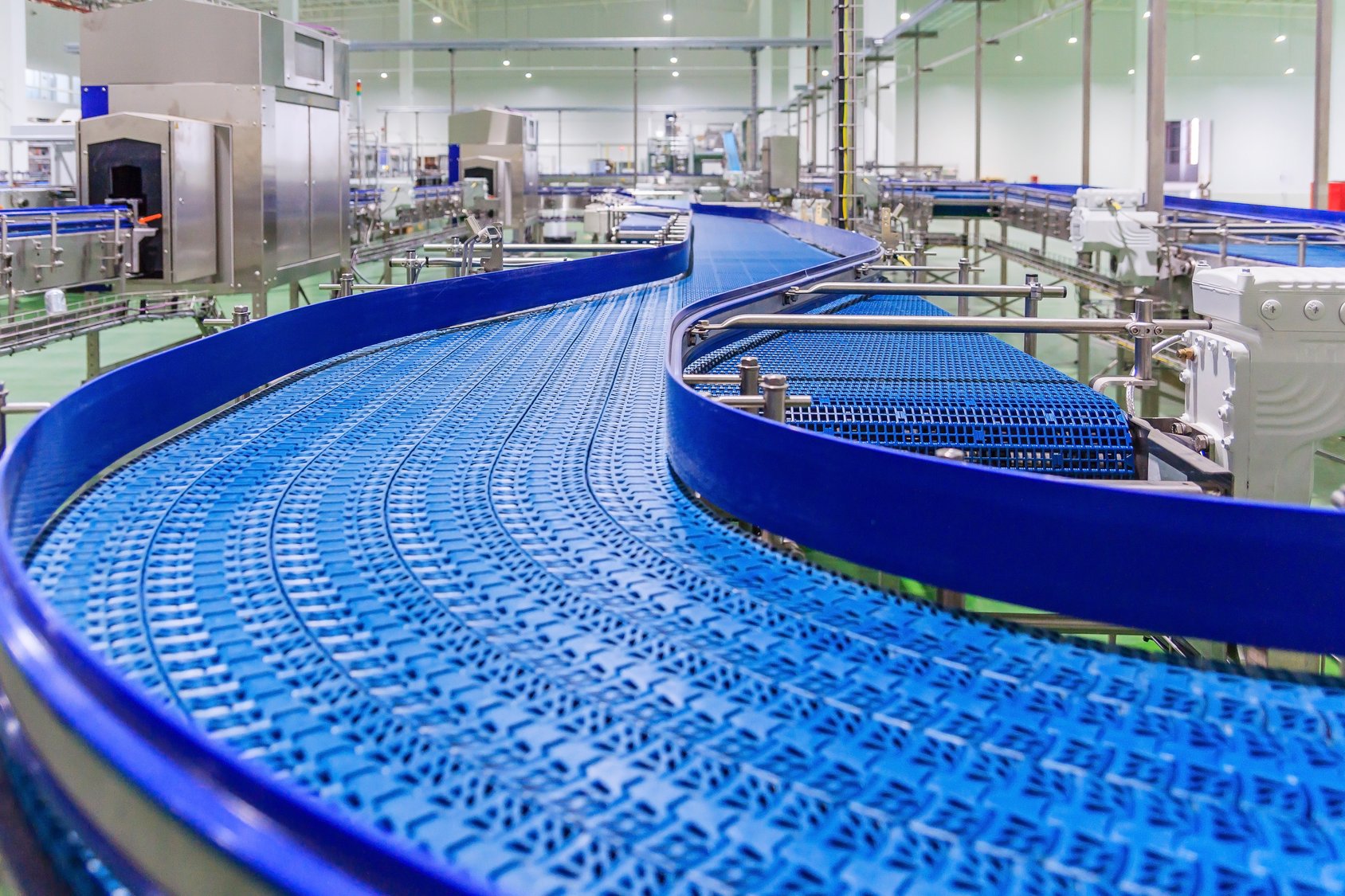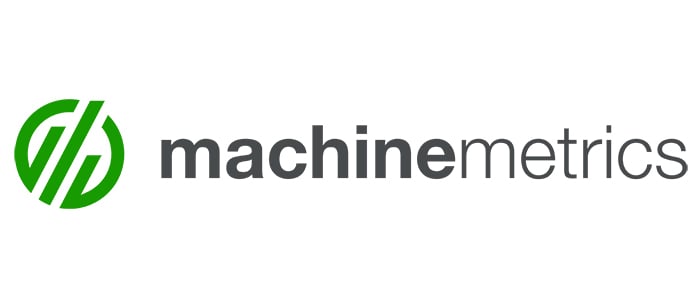A scheduling pressure cooker
I used to be a plant manager, an operations manager, and a supervisor. I understand the importance of on-time delivery. If a company I worked for wasn’t tracking it, I started to. Anyone who reported to me also knew the importance of on-time delivery.
As important as it was, the tools we had to manage on-time delivery were the usual suspects: spreadsheets, meetings, and cheerleading. These tools were better than nothing, but were a long way from a real solution. The proof was in the results—at best, our manufacturing production schedules were erratic. Production people would point out late shipments that “don’t count” because they got the order late, they were waiting on material, they didn’t agree with the ship date, etc. Production gets frustrated because they feel they are being blamed for things out of their control. Sales is frustrated because they are tired of dealing with upset customers.
What a lovely environment.
At some point, someone says, “There has to be a better way to manage our manufacturing production schedule.” And that person is right—there is. Unfortunately, sometimes people aren’t looking for a better way, they are looking for an easier way. It’s just one word, but it is a world of difference. Imagine one of your kids telling you they found a better way to make money. Great! What is it? Now imagine them saying they found an easier way to make money. You’d be wondering what the scam is.
I’m not suggesting a vendor selling a stand-alone scheduling software system is a scam artist. What I’m saying is if you only focus on scheduling, that’s all you’ll look for in a solution. You have a production scheduling problem, so you need a production scheduling solution. No need to change your current system and no need to get management involved. You’re just going to buy a specific solution for a specific problem. The feature set in the software looks great! This appears to be the easiest path, and who doesn’t like easy?
I like easy, but I like success better. With that in mind, let me explain why a stand-alone scheduling software system is not the best path if you are trying to solve a manufacturing production scheduling problem.
Want to discuss your scheduling issue? Free, no obligation, 30-minute consultation available.
It’s not just a scheduling problem
On-time delivery is a measurement of how well the entire company is doing, not just a measure of how production is doing. Let’s look at an example. Let’s say you run production in a make-to-order bike shop and it takes you two days to build a bike. Max production is 10 bikes a day. You have no orders, your schedule is wide open, and you have enough materials to make 100 bikes. Sales enters an order for 50 bikes. Awesome! Unfortunately, they are all due in two days. That order will be late. Is that production’s fault? Of course not. Sales made a promise you can’t deliver on.
Now, another scenario for the same company. The manufacturing schedule is wide open again, but since you shipped 50 bikes, you only have enough raw materials for 50 more bikes. Sales enters an order for 100 bikes. They learned their lesson from the previous order and gave production plenty of time to produce the bikes: three weeks. Great! Unfortunately, the lead-time for ordering frames is six weeks. All production can build is 50 bikes now, 50 later. Is it production’s fault 50 bikes shipped late? Of course not. They didn’t have the materials. (One could argue that production should have had stock, but that’s not the point. They didn’t.)
I realize the two examples I gave are simplistic and could be easily solved by a little communication between sales and production. Now let’s imagine the company makes 20 models and each model has three sizes. There are options for each bike. There is a backlog of 300 bike orders, most with multiple line items. In other words, now it’s a real company. Sales is working off a fixed lead time. Is it reasonable to think they could be taking orders and making commitments that are impossible to fill in the time frame given? It’s not just possible, it’s probable.
Scheduling needs to happen before the order is placed, not after
This is a really important concept, but one that is usually missed. Everyone’s mindset is usually to schedule the orders after they are received. But think about the two simple examples I gave. In each case, a correct expectation could have been set for the customer if sales had just talked to production. For the first order, sales could have offered to ship the customer 10 bikes a day. The second order could have been broken down into two shipments: 50 in 2.5 weeks and the remaining 50 in 8.5 weeks. Maybe the 8.5-week time frame could be shortened if there is a way to get the frames quicker. There are additional creative solutions, but the point is you don’t need creative solutions if the ability to meet the customer’s ship date is considered before the order is taken. Once a customer expectation is set, you are measured against that expectation.
Raw materials need to be considered
In my second simple example, the order was for 100 bikes, but there were only enough on-hand materials for 50 bikes. Clearly this is a problem for production. For a manufacturing schedule to be doable, it needs to consider resource capacity and material availability.
You need a company solution, not just a scheduling solution
A stand-alone scheduling software system will schedule orders after they are taken. Strike one. It is unaware of inventory levels and scheduled purchase receipts, so it can’t take into account raw material issues. Strike two. But wait, says the vendor. The solution can be integrated into your current system. Good luck keeping up with all the “plumbing” that has to be developed and constantly updated. Strike three.
If you are serious about managing your company better, you need to be serious about the software you use to run your business. You need enterprise resource planning (ERP) software ((CloudSuite Industrial and VISUAL)) with finite capacity planning and scheduling. It knows the orders you took and promises you made. It knows your inventory levels and scheduled purchased receipts. It can give you a best date available at order entry. It will improve the accuracy of your manufacturing schedule, adherence to customer promises, and more.
How to find the right ERP for your company
Visual South has been selling and implementing ERP for over 25 years. It’s helped countless companies; there’s no reason it can’t help you.
Related: How to Reduce Manufacturing Lead Time by Optimizing Your ERP
Related: What to Include in Your Manufacturing Production Scheduling Template
Related: How to Use Infor ERP Correctly in Advanced Planning and Scheduling








